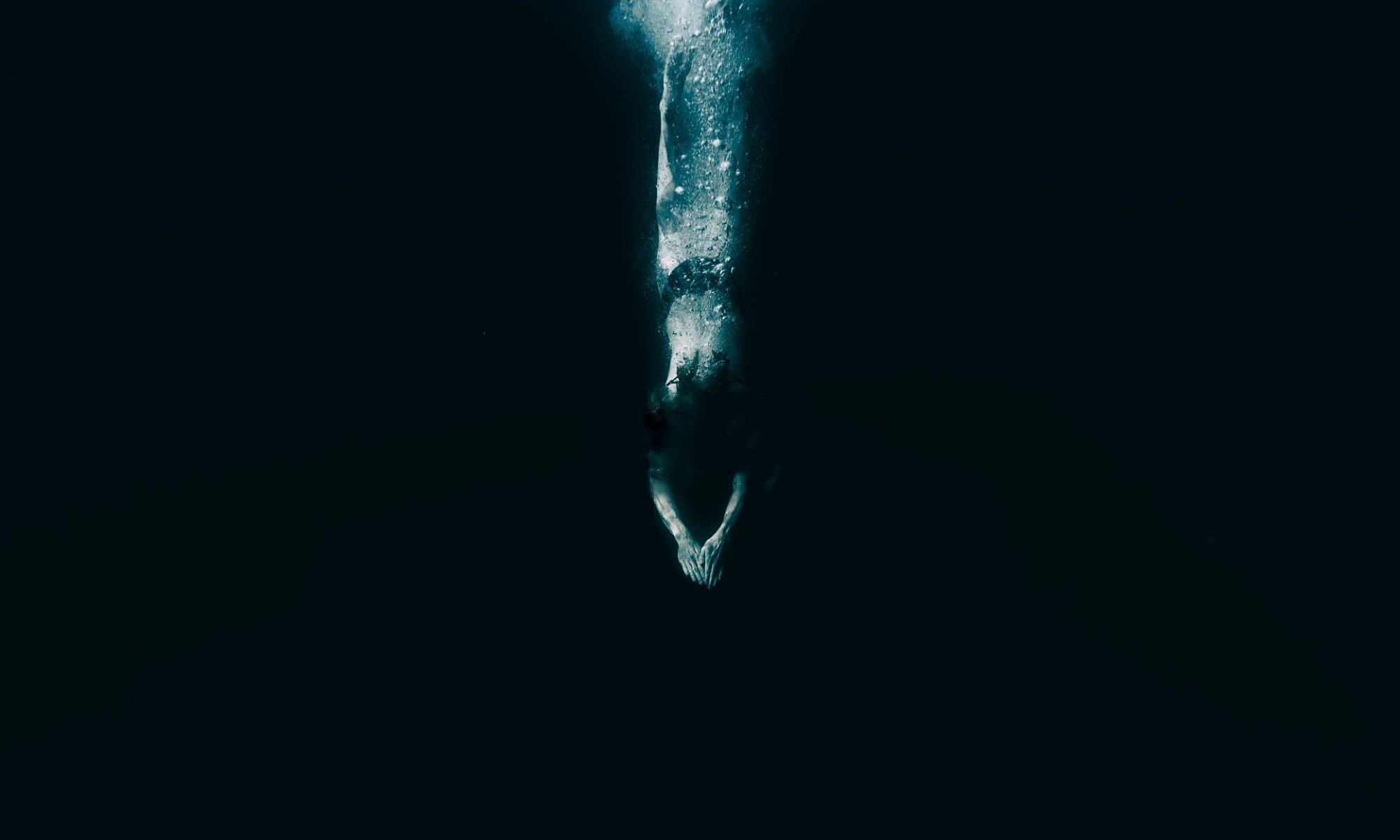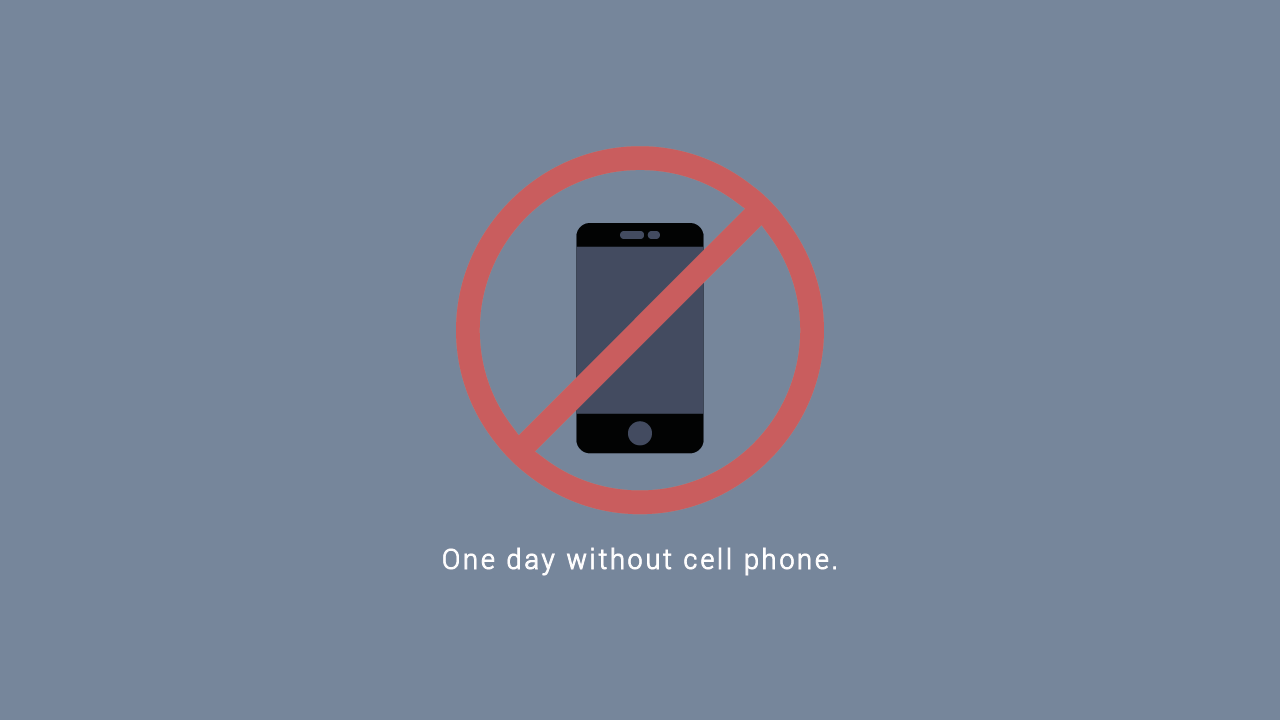Designer for the Digital Age
How to create human-centered products and services
In the reading, the author brings out the importance of design methods such as personas to empathize with different user skills in different environments. The Goal-directed design method follows the real-world practice and includes 4 methods for a thorough design process.
People learned how to make their lives easier by inventing helpful gadgets. The essence of design is visualizing concrete solutions that serve human needs and goals within certain constraints. Designers provide the basic instructions for the builders to accomplish the final product.
Complex products and services require the combination of interaction – How users can best accomplish their goals – (functionality of a product; best workflow; supported activities; information required through the process), graphic, and information design.
Goal-directed design encompasses product behavior, visual form, and physical form and follows best practices developed through the practice in the real world. It includes 4 methods such as principles, patterns, process, and practices. For designers, it is most important to empathize with less-skilled users to provide a good product or service.
- Principles: Question yourself if the principle helps to accomplish your goal. Will it help users minimalize work? How many seconds it should take your web page to load.
- Patterns: Navigating multi-document interfaces. You can structure different contents by depicting them in different panes.
- Process: Develop personas, scenarios, and requirements to understand users and customers thoroughly.
The author explains the most important steps of the design process.
Project Planning: Rough outline of project structure.
Research: helps to make the best product and design decision about business objectives and technical parameters.
Modelling: based on a set of personas (user archetypes) which present different behaviour pattern and goals
Requirements definition: Personas’ skills, environments, behaviors, and goals help determine their needs/ requirements.
Framework definition:
- Interaction: functionality
- Visual: qualities
- Industrial design: form factor and component architecture
à stakeholder need concrete information to look at as quickly as possible. Thinking about major underlying structure prevents from rework later on. Discussion with the stakeholders enables to refine the focus and parameters
Practices: A good design team has to collaborate all the time to be effective. Usually, it is small and each member of the team has its special skills. They make ideas concrete. But they only succeed by adapting to different environments.
Summary
Effective design methods are key for designers to visualize solutions to human problems. Goal-directed Design helps skilled designers ensure thoroughness. By working transparently they can increase their effectiveness.






